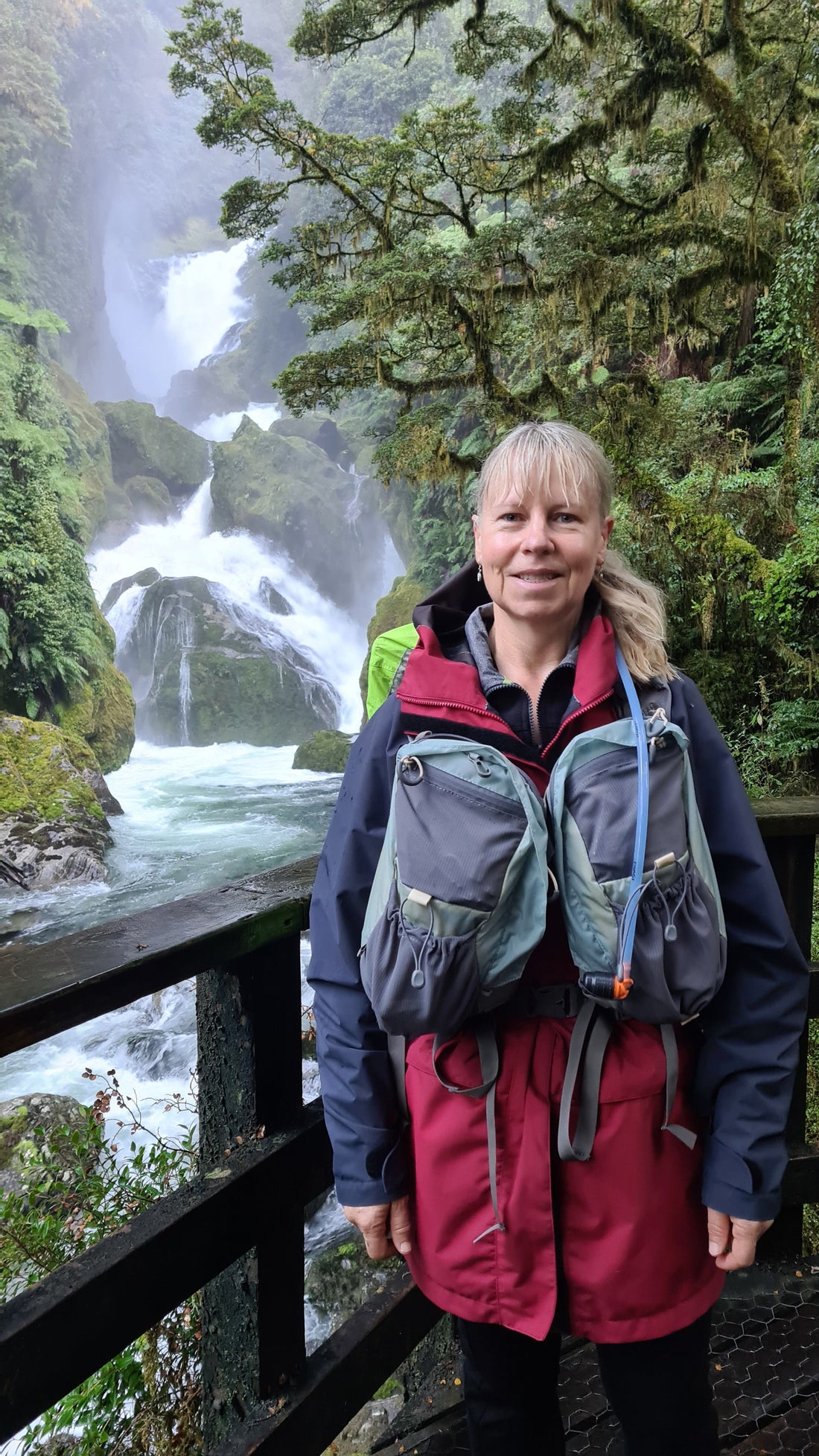There’s cold. And then there’s the Milford Track in the final days before winter closure.
Snow flurries danced across the trail, water crossings ran waist-deep, and everything I wore got drenched daily. Sounds miserable, right? It should’ve been. But it wasn’t—not for me. That’s because I’d packed smart: Merino hiking clothes from Sleepy Merino.
Let me tell you why that decision changed everything.
Where I Learnt the True Value of Merino Wool
New Zealand’s Milford Track isn’t just beautiful—it’s brutal in shoulder season. I hiked it at the tail end of autumn, when most were heading home and huts were eerily quiet. Cold? Check. Wet? Absolutely. But I stayed warm. Dry? Not even close—but somehow, I still stayed comfortable.
Here’s the magic: my best hiking thermals—Sleepy Merino wool base layers—kept doing their thing. They wicked moisture away, helped with body temperature regulation, and best of all? No smell. Each night in the hut, you could immediately spot the synthetic-clad hikers—the air didn’t lie. Meanwhile, my merino wool hiking clothing? Still fresh. Still warm. Still ready to go.
Merino: The Unsung Hero of Hiking Gear
If you’re serious about hiking gear, your base layers matter. Forget synthetic blends and their ‘tech’ promises. Merino does it all—and naturally:
-
Temperature regulation: Stays warm when wet, and cool when you’re working hard.
-
Quick-drying: Hang it up in the hut overnight and wake up to dry gear.
-
Odor resistance: Merino naturally resists bacteria build-up, so no mid-hike pong.
-
Moisture management: Keeps sweat off your skin for longer comfort.
-
Soft on skin: No itch, no rash, no chafing. Just breathable comfort.
That Milford trip made me a believer. I didn’t just survive—I thrived. And that experience? It solidified why I stand behind Sleepy Merino today.
From the Track to the Paddock
Since then, I’ve worn my Sleepy Merino on the farm too. Early mornings feeding sheep, moving through frosty fields, working up a sweat fencing—it’s the same demands as a long hike. Breathable when I need it to be, warm when the wind bites, and tough enough to keep up with me.
It’s not just hiking gear. It’s everyday gear. From multi-day hikes to outdoor activities like farming or travel, Merino shines.
Why Sleepy Merino?
This isn’t just about Merino. It’s about how it’s made.
At Sleepy Merino, we grow wool ourselves—right here in Inverell, NSW. Every garment is made in Australia, supporting Aussie jobs and designed for real use. Not just glossy catalog shots. We created this because we live this. Every tee, and pair of shorts has been tested on trail, on farm, and in the real world.
We use sustainably sourced and ethically produced Merino wool—nature’s performance fibres that outperform synthetics in every way. And yes, we’re proudly plastic-free.
Final Thoughts: Don’t Just Pack Warm—Pack Smart
If you’re planning a cold weather trek, trust me: pack Merino. Better yet, pack Sleepy Merino.
Because when you’re standing in waist-deep glacier runoff, staring at the snowy ridgeline ahead, the last thing you want to think about is your soggy, stinky base layers. Go with gear that’s up for the job—like our temperature regulating Merino wool.
You’ll feel the difference.
Ready to hike smarter? Shop our Merino hiking collection today. You won’t look back.
FAQs
1. What makes Merino wool better than synthetic hiking gear?
Merino regulates temperature, resists odour, and feels softer against the skin—all without trapping moisture or heat.
2. Does Merino wool dry fast?
Yes. Especially Sleepy Merino—our fine Merino dries overnight even in damp hut conditions.
3. Is Sleepy Merino good for other outdoor activities?
Absolutely. It’s perfect for farming, travel, camping, and even daily wear.
4. Can I wear Sleepy Merino for multi-day hikes?
That’s where it shines. No smell, no discomfort, and it packs light.


 Log in
Log in

